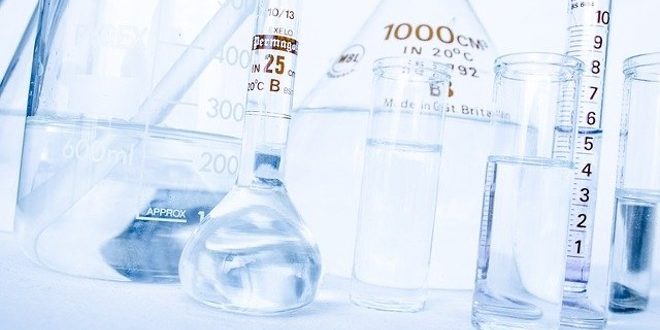ISO 13485 certification is a requirement for medical device companies that wish to market their products in Europe and around the world.
What is iso 13485 certification ? The ISO 13485 standard was published by the International Standards Organization to give medical device firms with needs for developing and maintaining quality systems. While medical device companies in the United States are lawfully required to abide by FDA high quality system laws laid out in 21 CFR Part 820, the ISO 13485 certification is needed for business that want to market their medical devices in international markets like Europe or Canada. U.S.-based suppliers can still venture to acquire an ISO 13485 (or EN 13485) certification, but this is not called for unless the manufacturer desires to market its products abroad.
THE HISTORY OF ISO 13485 CERTIFICATION
ISO 13485 was first published in 1996 as a top quality monitoring standard for medical device business based on ISO 9001. What is ISO 13485 certification today was shaped throughout the years and will continue evolve. It was released in 2 variations: ISO 13485 for manufacturers and designers, and also ISO 13488 for manufacturers only. In a 2003 modification, the documents were combined into one high quality standard that could be widely related to medical device manufacturers.
A last revision to ISO 13485 was launched in 2016, simply before the brand-new European Union Medical Devices Regulations (EU MDR).

DISTINCTIONS BETWEEN ISO 13485 AND FDA QSR
While ISO 13485 certification is a need for advertising medical devices in both Canada and the European Union, the USA manages medical device quality systems through the FDA 21 CFR Part 820. The latest modification of ISO 13485 was carried out with the participation of the FDA, and also consequently, the two papers are very comparable in specific locations. As an example, the areas in each document that go over Design Controls (21 CFR Part 820.30 and also ISO 13485 Section 7.3) are practically the same.
Regardless of some similarities, ISO 13485 and FDA QSR don’t overlap entirely in their requirements. The FDA QSR positions a more powerful emphasis on post-market monitoring and also the complaints-handling process – a QMS that is ISO 13485-certified may not satisfy the regulatory requirements as specified by the FDA. On the other hand, ISO 13485 demands a more risk-based strategy to QMS. Some quality systems that comply with 21 CFR Part 820 lack the risk-based approach that would be required for ISO 13485 certification.
STEPS TO OBTAINING ISO 13485 CERTIFICATION
Getting an ISO 13485 certification can be clarified as a simple process. Follow these actions to get started:
- Produce a quality strategy – certification begins with creating a top quality plan to satisfy the demands of the standard. Plan out exactly how your high quality system will function, what roles are called for and that will certainly execute them.
- Determine territories as well as pursue conformity – establish where you would like to market your medical devices and establish compliance with other medical device regulations in those territories.
- Implement design controls – design controls are needed from the get go of the product development process and also should be developed and also documented as early as feasible.
- Establish document controls – train your staff to comply with a constant and uniform system for upgrading the QMS and keeping its conformity with ISO 13485.
- Construct a CAPA system – together with Design Controls, CAPA creates the core procedures of your QMS. Ensure that your CAPA procedures are well specified and also useful.
- Arrange audits with a Notified Bodies – companies called Notified Bodies are appointed to investigate medical device firms for compliance with ISO 13485. Certification audits are carried out in 2 phases, and manufacturers are expected to be fully certified with the standard complying with the Stage 2 audit.
ISO 13485 certification and risk management
ISO 13485 has numerous references to risk management and therefore ISO 14971 methods should be implemented. Other standards have also strong links with ISO 14971. To name a few: ISO 10993-1 (biological evaluation of medical devices), IEC 62344 (medical device software) or IEC 62366-1 (usability).







